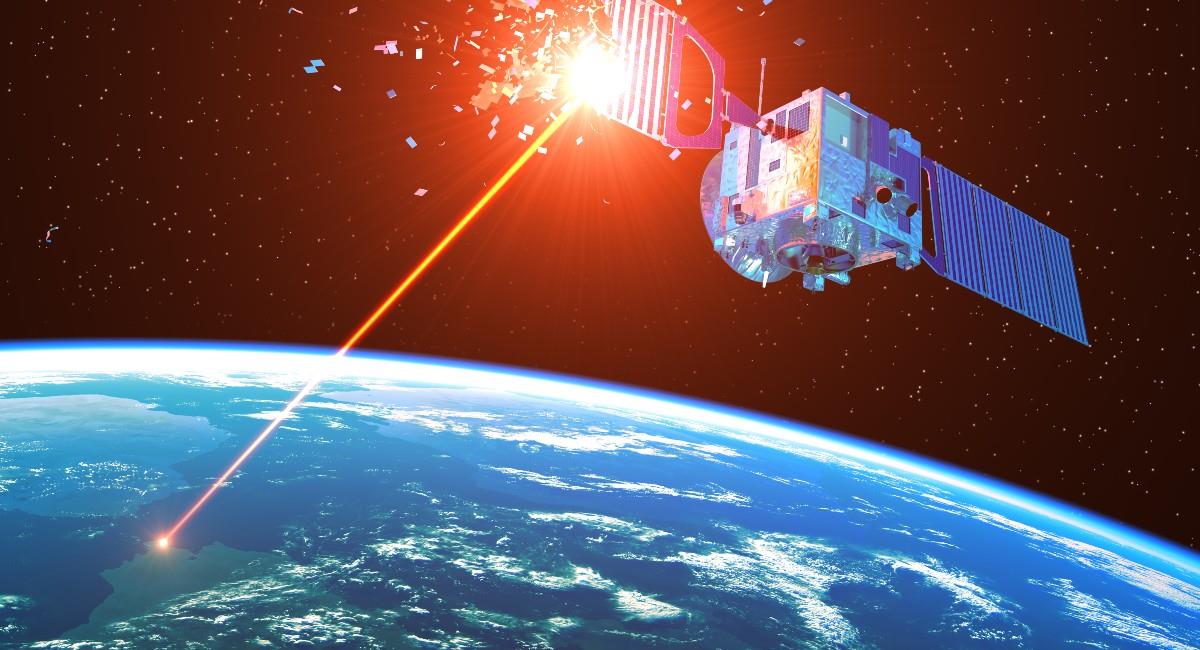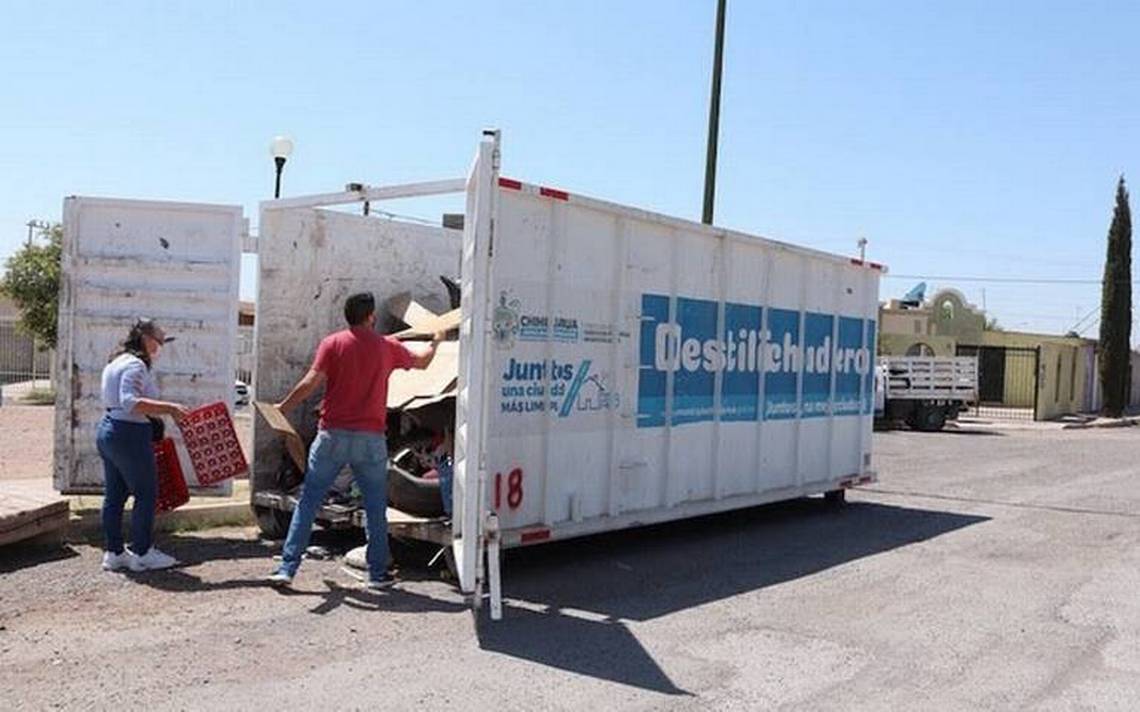The rain of these alien lasers arrived on Earth from the International Space Station, and their main goal is to dump data to understand how much forests store carbon and the impact of deforestation in combating climate change. “It’s a satellite the size of a refrigerator, it weighs about 500 kilograms and is docked or attached to one of the modules of the International Space Station,” express to BBC World Spanish scientist Adrián Pascual, member of the GEDI science team, is an expert in mapping and management of forest ecosystems and a professor at the University of Maryland.
GEDI (Investigation or Research on Global Ecosystem Dynamics on the Global Dynamics of Ecosystems), cWith a main laser beam system, it has been connected to the space station since 2019. “The International Space Station orbits the Earth non-stop. Our GEDI satellite emits laser pulses all the time,” Pascual added.
In this way, the energy pulses were able to determine two important variables: the height of the trees and the structure of the forest. “When this pulse of energy reaches the ground, it strikes the first element it encounters, the treetops, and continues to advance until it reaches the ground.” The expert tells the BBC.
To understand altitude, the sensor’s ability to notice the difference between when it detects treetops and the ground is analyzed. And convert that time period into a distance. Regarding the composition of the forest, what the experts do is study based on changes in the patterns of energy waves.
Technology used by GEDI It’s called a LIDAR, and what it practically does is point a laser at a specific surface in order to measure the time it takes to return to its source. It is not a new technology. “But this technology has never been placed on a satellite and has been flown to the International Space Station and implemented at an altitude of more than 400 km to specifically monitor forests,” Pascual says.
With the information extracted from GEDI materials, data and maps of great interest will be disseminated to the public. It is up to governments around the world to realistically know their carbon storage capacity. “We then use GEDI to see what the stock, the carbon storage currently in all of the world’s forests is.” Explanation and research.





